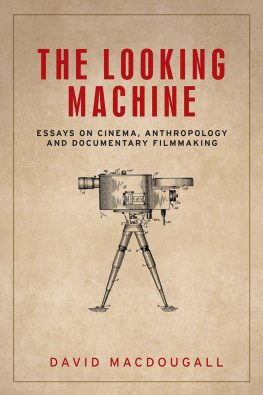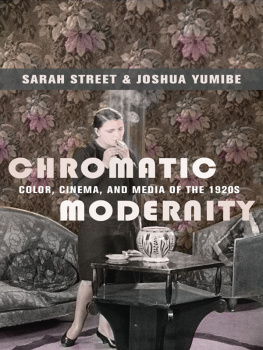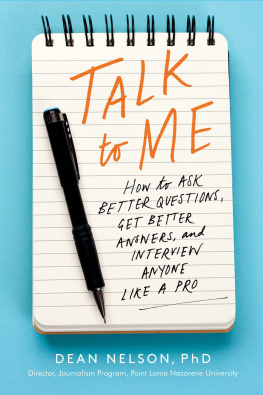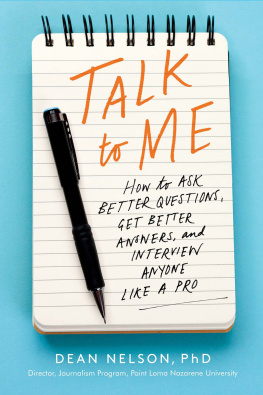CULTOGRAPHIES
CULTOGRAPHIES is a new list of individual studies devoted to the analysis of cult film. The series provides a comprehensive introduction to those films which have attained the coveted status of a cult classic, focusing on their particular appeal, the ways in which they have been conceived, constructed and received, and their place in the broader popular cultural landscape.
For more information, please visit www.cultographies.com
Series editors: Ernest Mathijs (University of British Columbia) and Jamie Sexton (University of Wales, Aberystwyth)
OTHER PUBLISHED TITLES IN THE CULTOGRAPHIES SERIES
THE ROCKY HORROR PICTURE SHOW
Jeffrey Weinstock
DONNIE DARKO
Geoff King
THIS IS SPINAL TAP
Ethan de Seife
BAD TASTE
Jim Barratt
SUPERSTAR: THE KAREN CARPENTER STORY
Glyn Davis
THE EVIL DEAD
Kate Egan
BLADE RUNNER
Matt Hills
BRING ME THE HEAD OF ALFREDO GARCIA
Ian Cooper
FRANKENSTEIN
Robert Horton
QUADROPHENIA
Stephen Glynn
FASTER, PUSSYCAT! KILL! KILL!
Dean DeFino
WALLFLOWER PRESS
LONDON & NEW YORK
A Wallflower Press Book
Published by
Columbia University Press
Publishers Since 1893
New York Chichester, West Sussex
cup.columbia.edu
Copyright Dean DeFino 2014
All rights reserved.
E-ISBN 978-0-231-85054-4
Wallflower Press is a registered trademark of Columbia University Press
A complete CIP record is available from the Library of Congress
ISBN 978-0-231-16739-0 (pbk. : alk. paper)
ISBN 978-0-231-85054-4 (e-book)
Book design by Elsa Mathern
A Columbia University Press E-book.
CUP would be pleased to hear about your reading experience with this e-book at .
CONTENTS
I am grateful to the many folks who helped in the preparation of this book. In particular, I wish to thank: my patient and thoughtful readers, Barbara Solomon, Stanley Solomon and Matt Longabucco; my editors, Ernest Mathijs and Jamie Sexton, for their trust; Alex Eodice, who, as Dean of the School of Arts and Sciences at Iona College, supported my research with travel funds and release time; and my wife, Whitney, who supported me in every other way.
for Whitney,
who teaches me to see
The patient, a man in his late twenties, reported a periodic desire to be injured by a woman operating an automobile.
M. H. Keeler, American Journal of Psychiatry (1960)
Ladies and gentlemen, welcome to violence, the word and the act.
Narrator, Faster, Pussycat! Kill! Kill! (1965)
Not long ago, I had the opportunity to hear David Lynch speak to a motley assembly of earnest young art geeks, alt-rock poseurs and merlot-sipping baby boomers, all asking versions of the same questions Lynch must have suffered hundreds of times before: Who is your favorite surrealist? How can you create such dark worlds and still remain detached from them? Didnt I see you standing on a sidewalk in Queens eight years ago? Listening to Mr. Lynchs patient responses, I wondered where I fitted into this crowd, and while waiting dutifully in line after the talk for a handshake with the man who brought Frank Booth and Henry Spenser into my world, I had the opportunity to put the question to the excited young film student standing in front of me. Are these really our peers? I asked as he instructed me how to operate the camera function of his cell phone. I took his awkward smile for encouragement, and joked that I would be more comfortable among the quick-stepping crowd filing out of the 24-hour video stores on Manhattans Eighth Avenue, because at least there you knew who you were dealing with. My companion hesitated a moment, then forced a polite chuckle, clearly wishing he had entrusted someone else with this priceless photo op. Which probably would have been a good idea, since I think Mr. Lynch was out of focus.
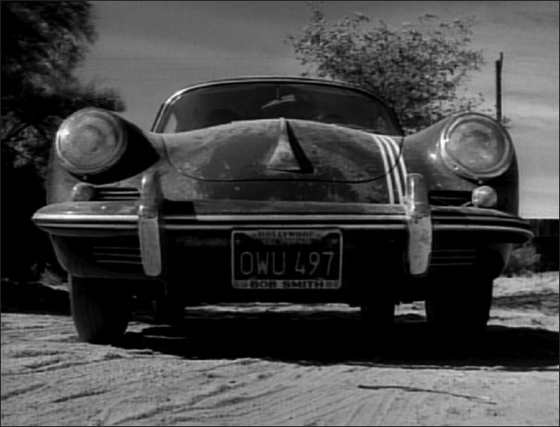
Killer women in cars
As fans, we are not always sure about the company we keep, which is one of the reasons some of us become critics and scholars. The application of critical rigour is in large part an attempt to justify our tastes despite those who may happen to share them. It is the worst sort of snobbery, and perhaps the purest application of reason: validation in a vacuum, or at least within the controlled environment of rational argument. We posit, we show causality, we speculate, we conclude, all in the name of exaltation. So doing, it is easy to forget that what we exalt lives not just in our own perception, but in the shared and sometimes grossly opposed perceptions of a community. And perhaps what disturbed me most standing in the company of a sort of evolutionary scale for pale ironic yuppies is that I simply did not want to think of myself as anything so nebulous. But as film critic Robert Warshow famously observed, A man watches a movie, and the critic must acknowledge he is that man (1962:xli).
I stopped telling colleagues that I was writing a book about a Russ Meyer film the fifth or sixth time I got the look of barely-hidden disgust one might expect at admitting a love for Nicholas Sparks or Rush Limbaugh. Doing critical work on the films of Russ Meyer is a bit like trying to argue the virtues of human cloning or the Marquis de Sade: to most people, their merits seem beside the point. Meyer is known, if at all, as a smut peddler and breast fetishist, and though his enormous influence on the evolution of exploitation cinema is frequently noted, his films have generally been presented as the overheated fantasies of a stunted adolescent. This opinion is one Meyer helped to foster mostly because he thought it was good for business but it makes it difficult for a critic to identify with him, his work and his audience.
At the risk of sounding disingenuous or pompous, I should say that I am not generally a fan of Russ Meyer, nor of most exploitation films. While I admire the duct-tape-and-baling-wire production values of Herschell Gordon Lewis (





